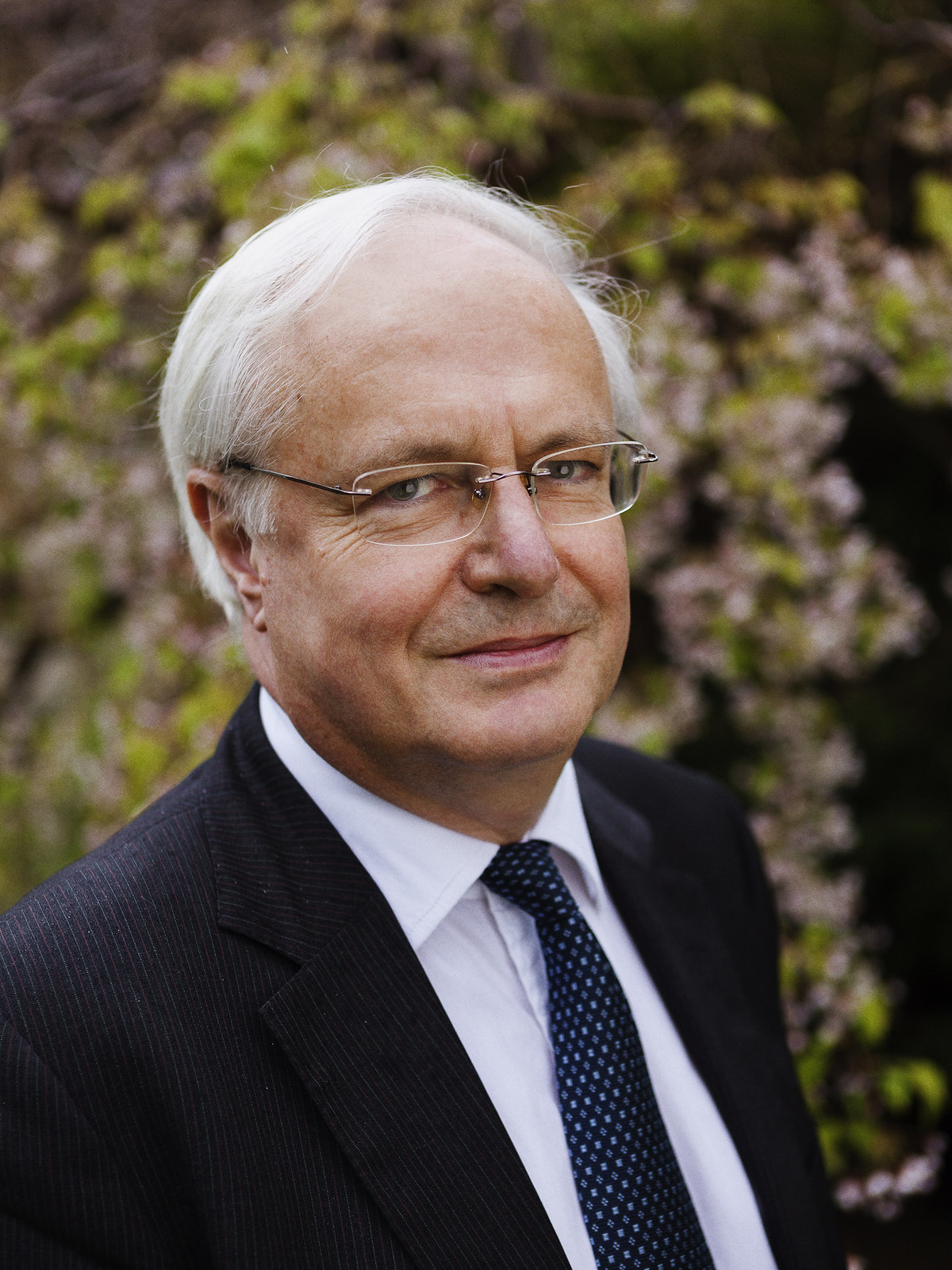The Royal Netherlands Academy of Arts and Sciences (KNAW) has awarded the Dr H.P. Heineken Prize for Biochemistry and Biophysics 2014 to Christopher Dobson, John Humphrey Plummer Professor of Chemical and Structural Biology, University of Cambridge (United Kingdom).
Professor Dobson received the prize for uncovering the manner in which proteins in the human body sometimes misfold themselves and how that process may lead to age-related diseases, including Alzheimer’s, Parkinson’s and diabetes.
Researcher
Christopher M. Dobson was born in the United Kingdom on 8 October 1949. He studied at the University of Oxford and in 1976 received his PhD there. One year later he left Oxford for the USA to do research at Harvard University and the Massachusetts Institute of Technology in Cambridge. In 1980 Dobson returned to Oxford, where he became Professor of Chemistry in 1996. Two years later he was appointed Director of the Oxford Centre for Molecular Sciences. In 2001, Dobson once again left Oxford for Cambridge, only this time it was Cambridge in the UK. He has served as the John Humphrey Plummer Professor of Chemical and Structural Biology at the University of Cambridge ever since.
Dobson has authored or co-authored over 650 published research and review papers, more than 30 of which were published in the prestigious journals Science and Nature. In addition to his duties as a highly productive and influential researcher, Dobson has served as Master of Cambridge’s age-old St John’s College since 2007.
Dobson has received numerous awards and decorations. In 2009 he received the Royal Medal of the Royal Society in London. He is a foreign member of the US National Academy of Sciences and the American Academy of Arts and Sciences. He has earned honorary doctorates from five universities in Belgium, Sweden, Italy and the United Kingdom.
Dobson passed away in September 2019.
Research
Chris Dobson has been studying the way in which biological molecules behave for many years, both in laboratories and test tubes and in the real world of the human body. His work has helped show how molecular building blocks assemble themselves into chains, and how these chains fold into complex structures.
Elaborately folded proteins, made up of hundreds of amino acids, together make up the smart machinery of every living cell. Sometimes, however, things end up less well: a misfolded protein may snag other proteins, sticking to them in clumps that can do serious damage to vital organs.
With his group at the University of Cambridge, Dobson has made great strides in unravelling how, as we grow older, such clumps may begin to appear more often. Small at first, they may spread to other organs. Ultimately, as more normal proteins get tangled up, the clump gets stuck in some organ’s tissue. There it may lead, directly or indirectly, to such serious ailments as Alzheimer’s Disease, Parkinson’s Disease or type-2 diabetes.
Years ago, researchers saw ‘amyloid plaques’ in brain tissue as a specific and unique cause of Alzheimer’s. Thanks in part to Dobson, many people now recognise that these plaques are but one example of misfolded proteins causing problems. In fact, Dobson suggests that most human proteins are capable of misfolding and that when we get older, they may affect many of our organs, resulting in numerous types of disease.
Dobson’s strength is that he has consistently approached complex problems such as protein folding through multiple disciplines. He has applied a range of techniques, including NMR, spectroscopy, molecular biology and computer modelling. With his original, creative and innovative work, he has managed to bridge the gap between our knowledge of molecular behaviour in test tubes and our knowledge of the ‘real world’ of living cells.
Dobson’s work is not finished. He has widened his research interests to include the self-assembly of molecules in wholly new fields such as materials science and nanotechnology.
Video
Christopher Dobson, laureate of the Dr H.P. Heineken Prize for Biochemistry and Biophysics 2014
Introduction to the work of Christopher Dobson, laureate of the Dr H.P. Heineken Prize for Biochemistry and Biophysics 2014
